Art History
A Brief History of Unpopular Royal Portraits
From Charles and Kate to Henry VIII, here are the most reviled renderings over the years.
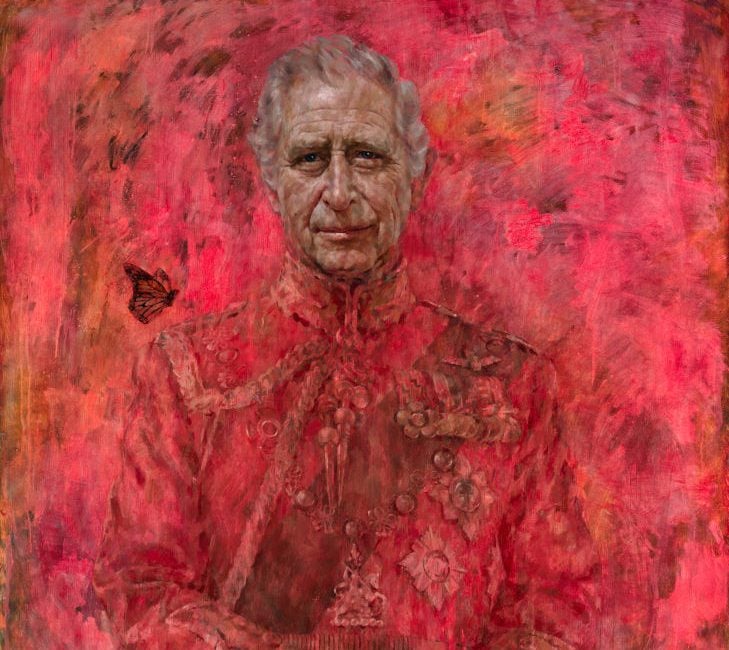
From Charles and Kate to Henry VIII, here are the most reviled renderings over the years.

Jo Lawson-Tancred

The internet has been having a field day this last month, as not one but two derided royal portraits were unveiled to a disdainful public. British painter Jonathan Yeo’s official portrait of King Charles shows the monarch standing proud in the red uniform of the Welsh Guards against a backdrop of swirling reds and pinks. The heat was taken off Yeo a week later, when Zambian-British artist Hannah Uzor’s portrait of Kate Middleton for Tatler made the rounds on Instagram.
For centuries portrait painting has emphasized the sitter’s splendor and status, but Yeo preferred an expressionistic touch as the uniform’s warm crimson tones bleed out, shrouding every inch of the canvas apart from the King’s face. His many medals appear faded, our attention drawn instead to a delicate butterfly landing on his shoulder. The universal symbol of transformation perhaps signifies Charles’s recent ascension into the role of a lifetime at the ripe age of 73.
Yeo’s attempt at poetic license fired up the online mobs, with the royal family’s Instagram immediately besieged by a torrent of critiques. “It’s giving blood on his hands,” wrote one commenter. “Does it reference the colonial bloodshed produced by British imperialism?,” suggested another. “Looks like he’s going straight to hell,” was another repeated suggestion. Comments on the post have now been limited.
In a similar vein, some suggested that Uzor’s effort, which many remarked was not a flattering likeness of the Princess, was “intentionally bad” as part of a “woke agenda” to defame the royal family’s colonial legacy.
Surely traditional portraits of yore were never so outlandish? In actuality artists have always enjoyed subverting expectations and leaving their own stylistic stamp on some of the world’s most famous faces.
Henry VIII
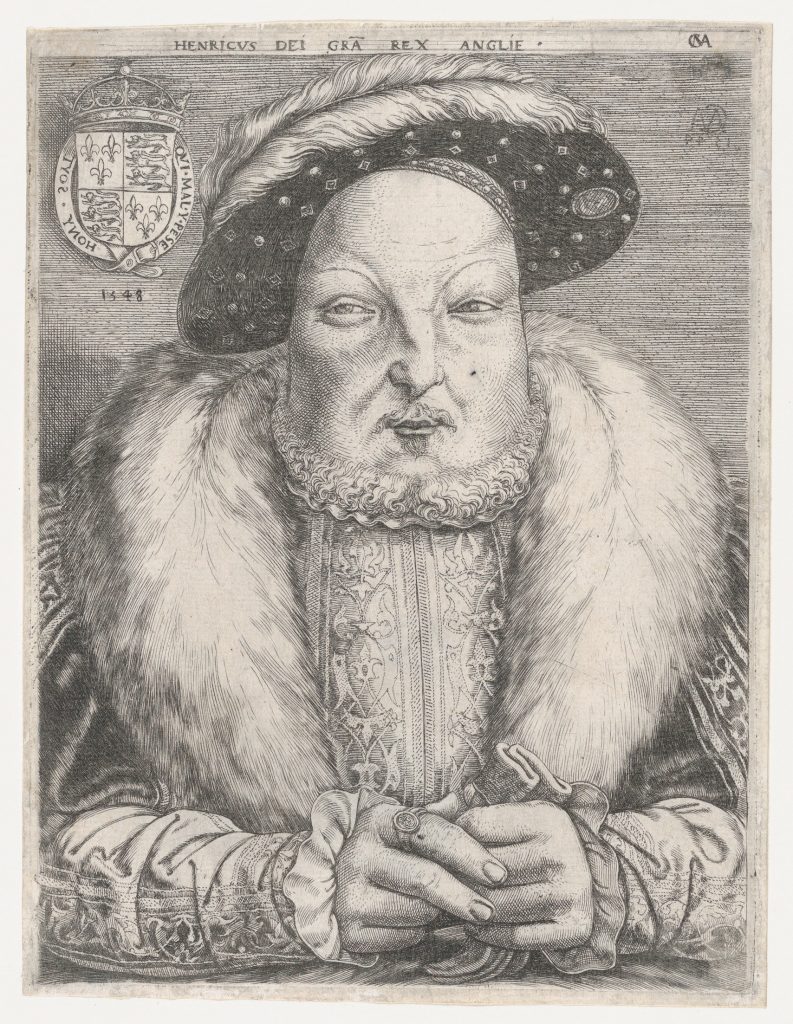
Cornelis Massys, Portrait of Henry VIII (ca. 1547). Photo courtesy of Metropolitan Museum of Art.
A ruthless approach to marriage and divorce had earned Henry VIII enduring infamy. In his lifetime, he certainly had a good instinct for PR, recruiting Hans Holbein the Younger to produce a much copied royal portrait in which Henry looks suitably fearsome and grandly bejewelled.
In reality, the hedonistic Tudor was badly injured in a series of jousting accidents and his love of excessive feasting and drinking eventually gave him gout. Unsurprisingly, the chronic pain that Henry experienced in later years made him notoriously bad tempered. Cornelis Massys’ portrait, made shortly before Henry died in 1547, still somehow manages to flatter the ailing monarch but a more jaded, menacing expression has replaced the pomp and panache of his hey-day.
Elizabeth I
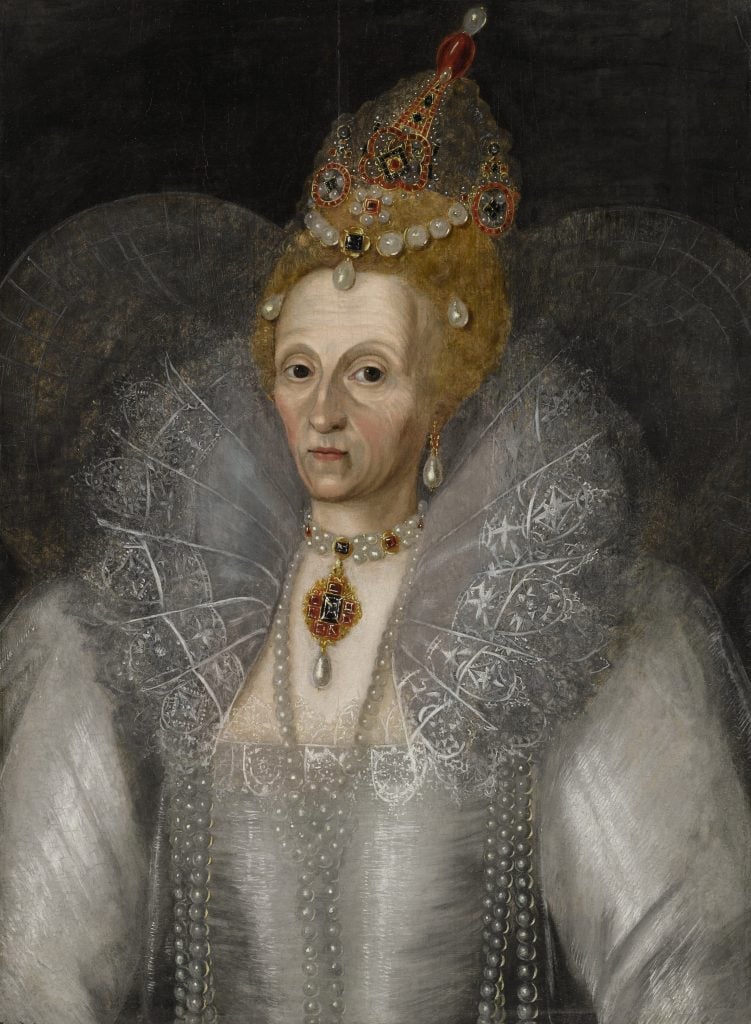
After Marcus Gheeraerts the Younger, Portrait of Queen Elizabeth I (1533-1603). Image courtesy of Sotheby’s.
Taking after her father, Elizabeth I used the power of the royal portrait to assert a tightly-controlled image of herself as a youthful virgin often seen standing proudly astride a world map. The most famous example is Marcus Gheeraert’s The Ditchley Portrait from around 1592, but this unknown follower’s version tells a much less idealized story, giving Elizabeth a startlingly haggard look with a furrowed brow and hollow eyes. Exceptionally rare, it has been argued that this painting was the first to dare show any signs of the queen’s advancing age. Let’s hope she wasn’t in the mood for more beheadings!
Philip IV
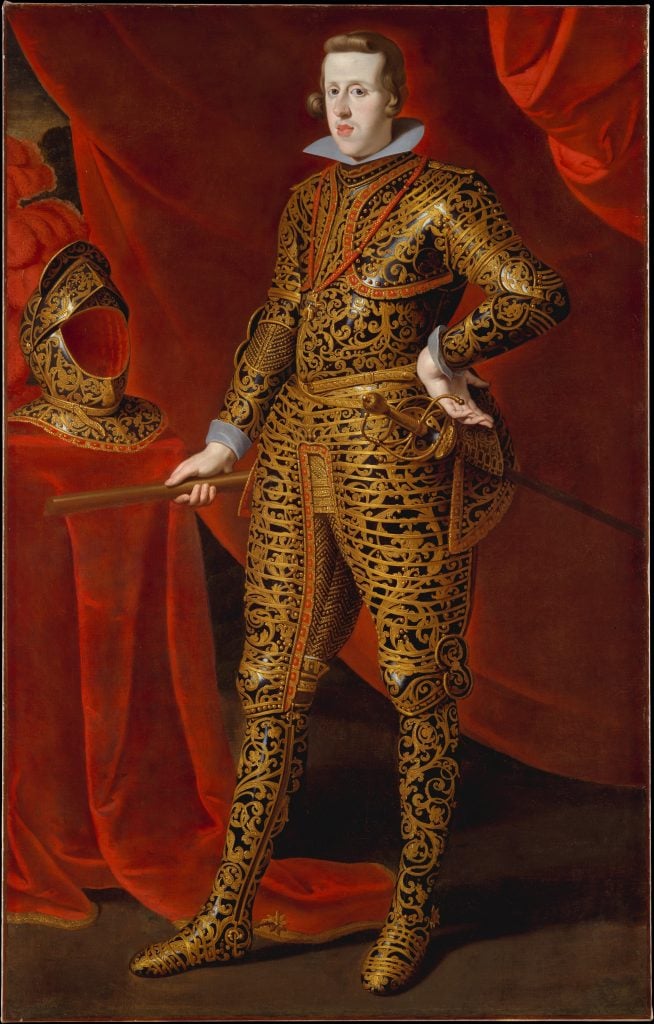
Gaspar de Crayer, Philip IV (1605-1655) in Parade Armor (ca. 1628). Photo courtesy of the Metropolitan Museum of Art.
Charles III is hardly the first monarch to be staged against a bold, blood-red background. Anything to distract from the Hapsburg jaw, eh? Due to the sad legacy of inbreeding, Spain’s Prince IV was not exactly known to be a looker so it seems he is trying to serve some eye-catching looks instead with his ornate Flemish cavalry armor. Unlike the internet, the royal quite liked a bit of rouge so he asked the artist to make a copy of this royal portrait.
Victoria
First image of Queen Victoria as reigning monarch by Sir David Wilkie, 1837 (preparatory oil sketch for The First Council of Queen Victoria, 1838). pic.twitter.com/6pe4khJGCS
— Historic Women Daily (@historicwomens) October 20, 2022
Queen Victoria was never one to mince her words and she certainly let her unfiltered feelings be known when Sir David Wilkie, then one of Britain’s pre-eminent portraitists, painted her shortly after she took the throne at the age of just 18 in 1837. In The First Council of Queen Victoria (1838), the royal teenager appears in white before a room of elderly men. Wilkie’s seemingly inoffensive effort did not go down well, with Victoria decrying it as “one of the worst pictures I have ever seen, both as to painting and likeness.”
Elizabeth II

People view paintings by American artist George Condo entitled “Dreams and Nightmares of The Queen,” in the “Mental States” exhibition of his work at The Hayward Gallery on October 17, 2011 in London, England. Photo: Oli Scarff/Getty Images.
The Queen was, until her death in 2022, one of the most famous faces in the world but leave it to American artist George Condo to render her almost unrecognizable. At least, I don’t recall her having ever had a green nose and a deranged grimace. In his portrait series “Dreams and Nightmares of the Queen,” Condo clearly enjoyed playing around with the sovereign’s otherwise prim and proper public image. The works may be masterpieces of modern art, but I don’t think they will be seen hanging in the stately suites of Buckingham Palace anytime soon.
Prince Philip
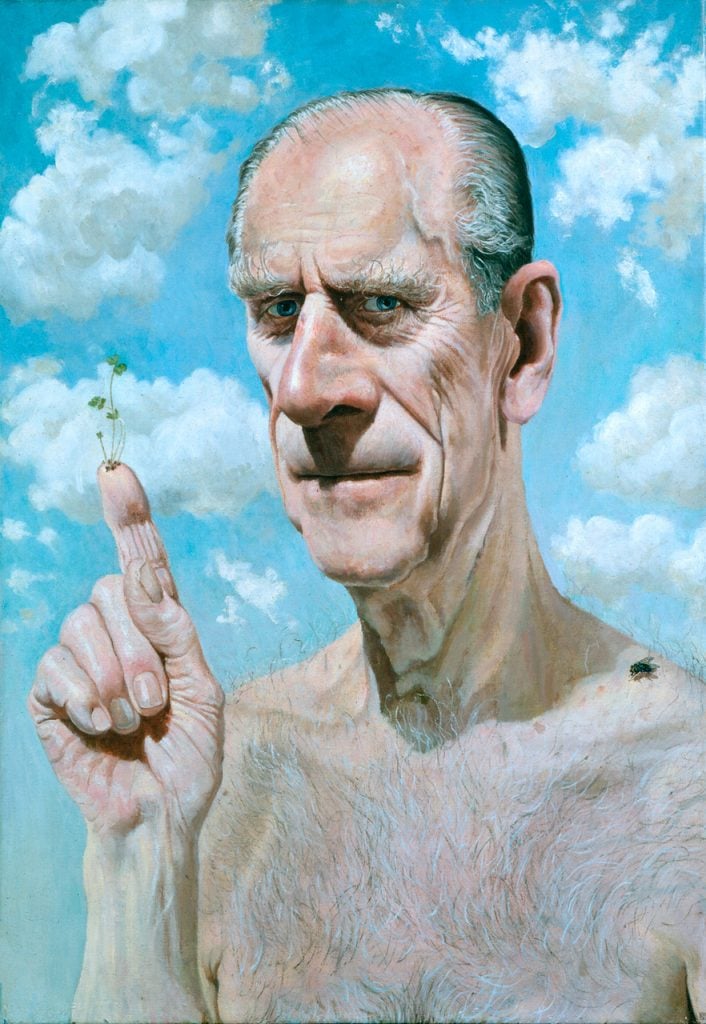
Stuart Pearson Wright, Homo sapiens, Lepidum sativum and Calliphora vomitoria (2002). Image courtesy of the artist.
There is a precedent for insects landing on a royal shoulder. In 2002, Stuart Pearson Wright painted Homo sapiens, Lepidum sativum and Calliphora vomitoria, a portrait of Prince Philip commissioned by The Royal Society of Arts. The semi-nude royal seems to have attracted a fly while lithe shoots of cress sprout from his finger, which stands erect in the air. The man apprehends the viewer with a look of stern uncertainty.
The gentle diplomacy for which the Queen was admired was not her husband’s forte. He could not pretend to be a fan of this surrealist take on reality. Upon first seeing the work he reportedly exclaimed “Gadzooks!” an archaic expression of shock. “As long as I don’t have to have it on my wall!” The agreed upon schedule for sittings came to an abrupt end, so did Pearson Wright manage to paint a convincing likeness? “I bloody well hope not!” said Philip. The artist’s more recent portrait of the angry sitter’s son King Charles III, seen below, captures the King with a wistfully pensive expression.
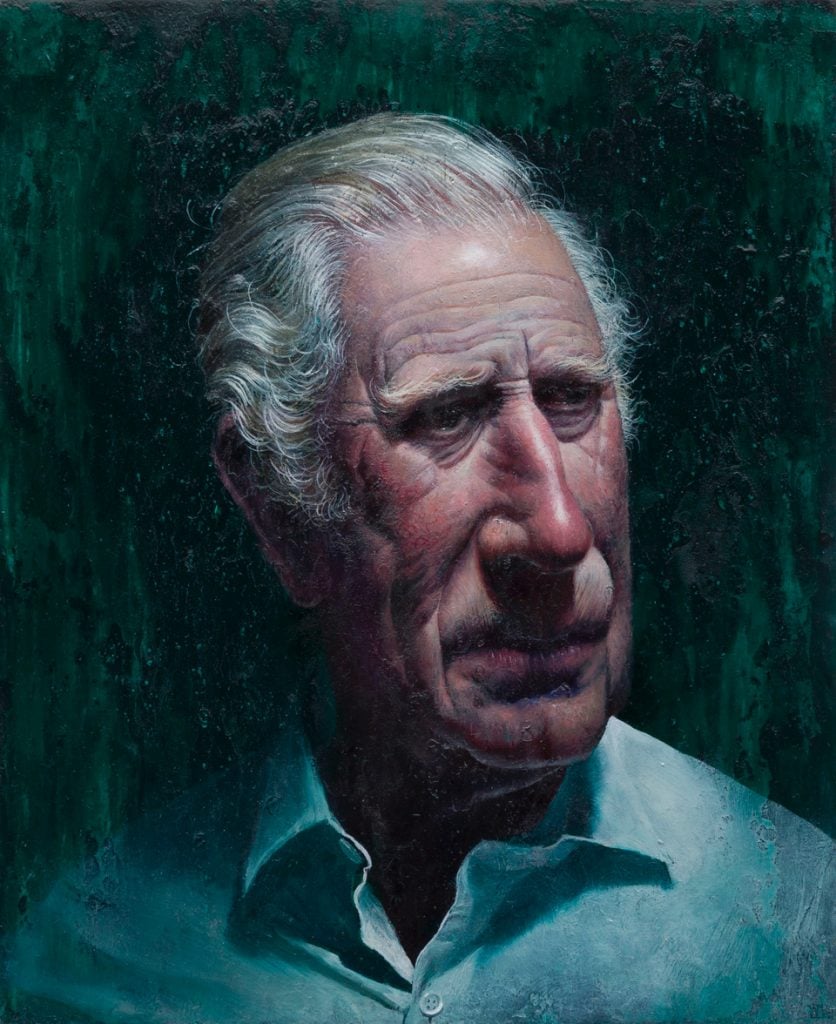
Stuart Pearson Wright, King Charles III (2022). Image courtesy of the artist.
Jonathan Yeo’s portrait of King Charles III will go on public display on May 16 at Philip Mould Gallery in London. After one month it will be hung in the historic Draper’s Hall, London.